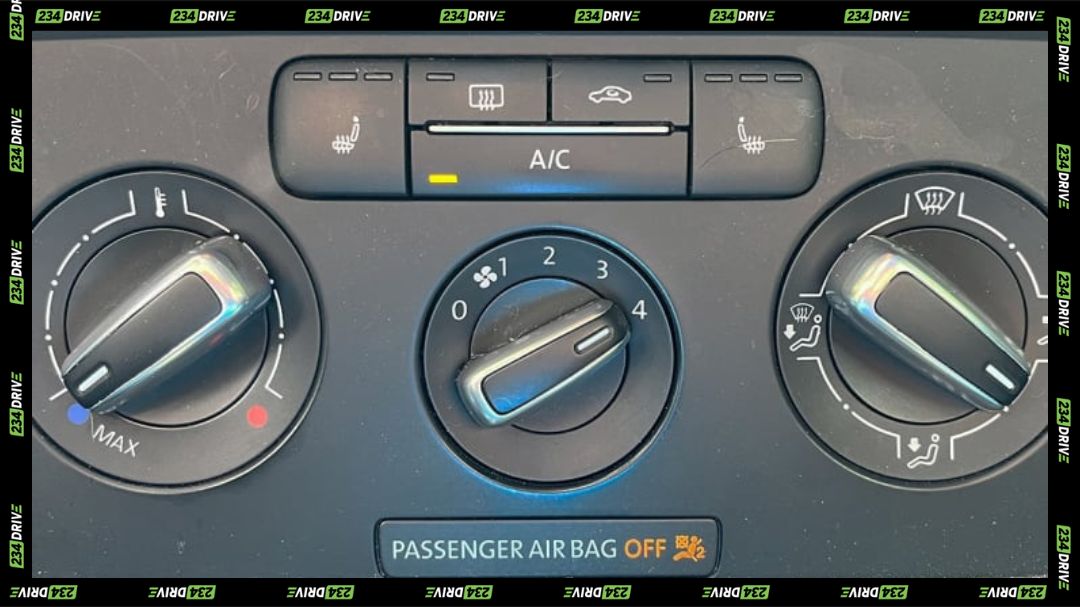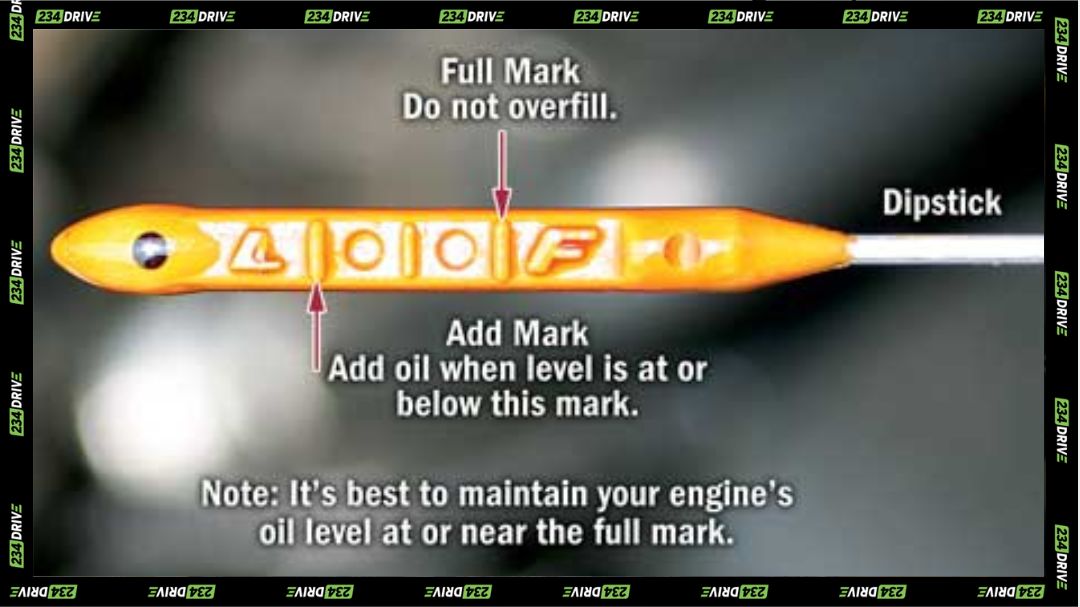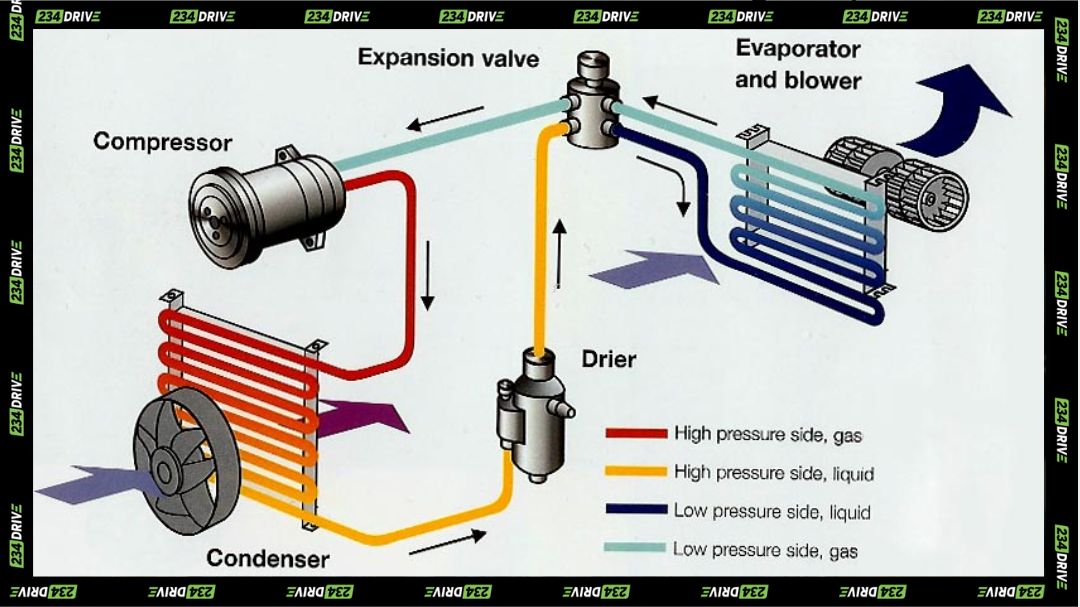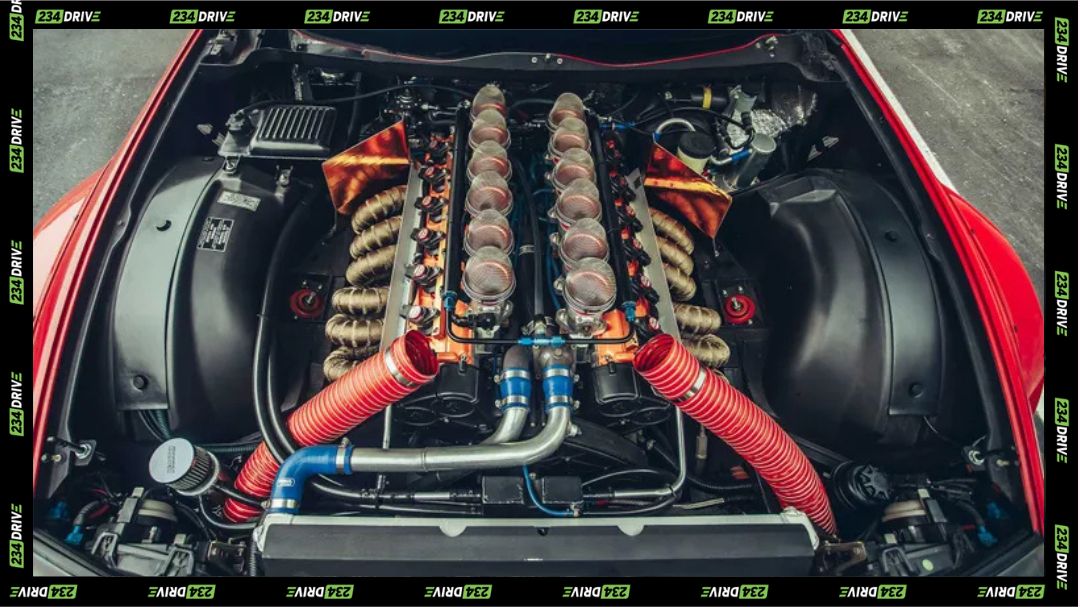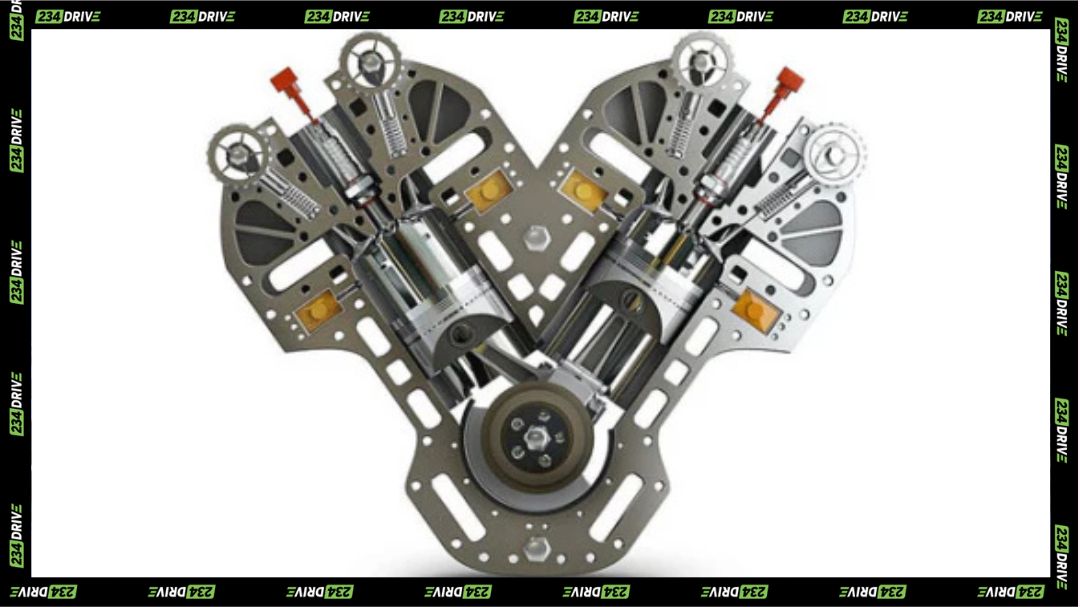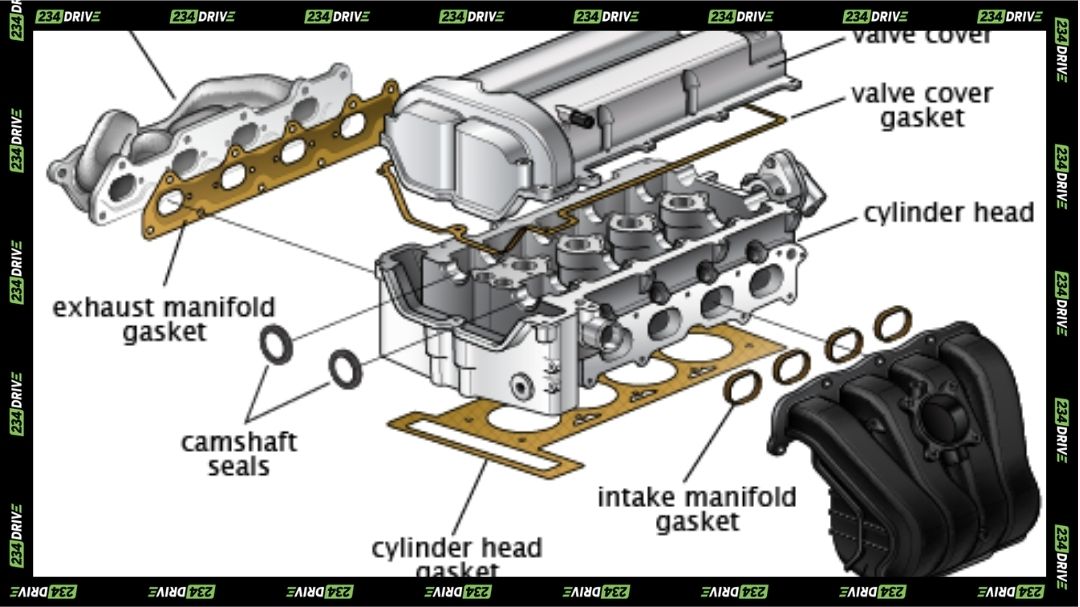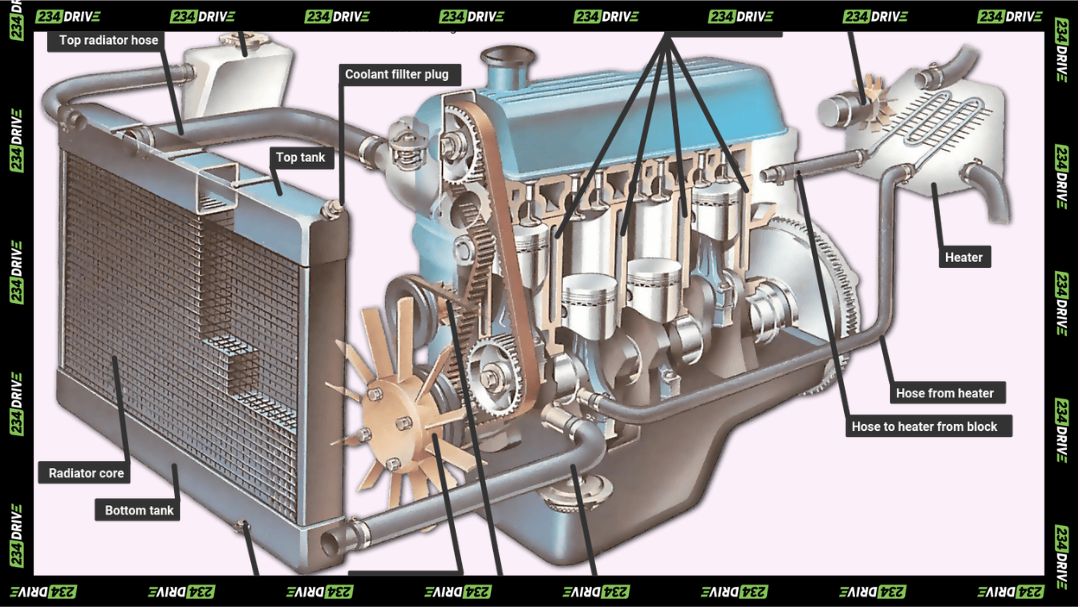Stuck in traffic with the sun blazing anywhere in the world? Whether you’re crawling through rush hour in Manila, Madrid, or Melbourne, a malfunctioning A/C can make every minute unbearable. The heat builds quickly inside the cabin, and without a working system your car turns into an oven on wheels.
Now imagine pressing the A/C button and feeling the instant flow of cool air. That relief comes from a complex process hidden beneath the dashboard and under the hood. The system relies on pressure changes, refrigerant cycling, and precision engineering to move heat out of the cabin and replace it with cool, refreshing air. Understanding what happens behind that breeze not only helps you appreciate the technology but also makes it easier to recognise when something goes wrong.
The Basic Principle
Car air conditioning systems work on the principle of heat transfer. The system removes heat from inside the cabin and expels it outside using a refrigerant that cycles between gas and liquid. As it changes state, it absorbs and releases heat in a continuous loop, keeping the interior cool.
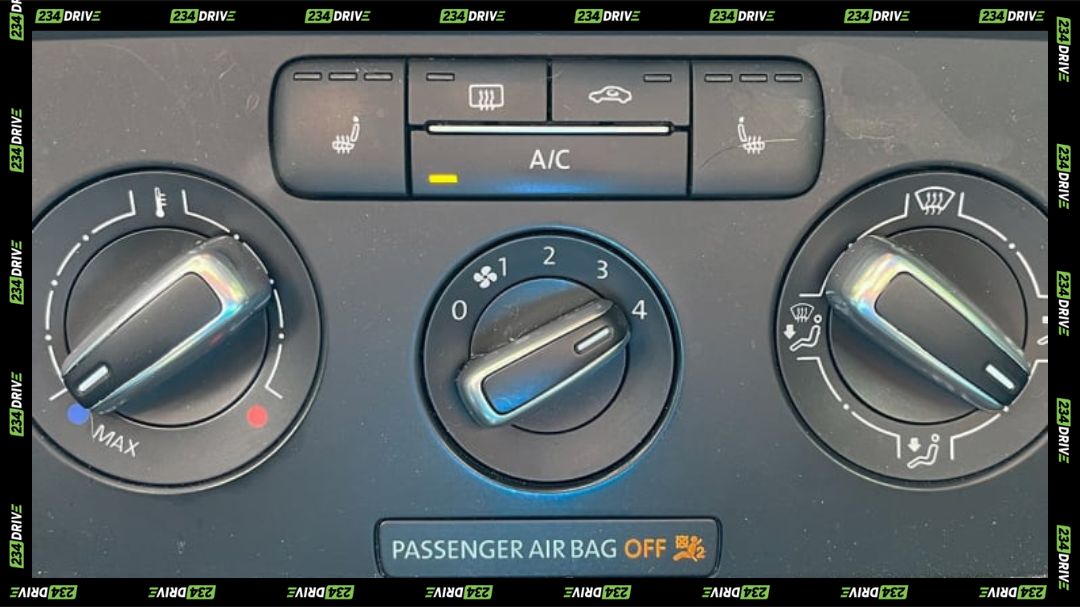
Key Components and Their Roles
Several parts work together to make this happen. The compressor acts as the heart of the system, compressing low-pressure gas into a high-pressure, high-temperature state. The condenser, located near the radiator, cools this gas into a liquid. From there, the receiver-dryer filters out moisture and impurities. The liquid then flows through the expansion valve, where its pressure drops, turning it into a cold mist. Finally, the evaporator inside the dashboard absorbs heat from cabin air as the refrigerant evaporates again, while the blower fan pushes cool air back into the car.
Step-by-Step Process
Step 1: Compression
When you press the A/C button, the compressor engages and pressurises the refrigerant, turning it into a hot, high-pressure gas.
Step 2: Condensation
The hot gas flows into the condenser, where it cools down and turns into a liquid.
Step 3: Drying and Filtering
The liquid refrigerant passes through the receiver-dryer, which removes moisture and impurities to keep the system clean.
Step 4: Expansion
The refrigerant then flows into the expansion valve, where its pressure drops rapidly. This change makes it very cold and turns it into a mist.
Step 5: Evaporation
The chilled refrigerant enters the evaporator inside the dashboard. As cabin air passes over the coils, the refrigerant absorbs heat and evaporates back into a gas. A fan blows the cooled air into the car.
Step 6: Return Cycle
The low-pressure gas cycles back to the compressor, and the process repeats continuously.
Types of Refrigerant
The choice of refrigerant has changed over time due to environmental concerns. Older systems used R-12 (Freon), which was phased out for damaging the ozone layer. R-134a became the standard after 1996, but it has a high global warming potential. Most modern vehicles now use R-1234yf, which is far less harmful to the environment and approved by regulatory bodies worldwide.
Common Issues
Like any system, car A/C units can fail. Warm air might signal low refrigerant or a failing compressor. Unpleasant odours could mean mould in the evaporator or a dirty cabin filter. Clicking noises often point to compressor clutch problems, while water dripping in the cabin usually indicates a blocked evaporator drain line. Recognising these signs early can save money and prevent bigger repairs.
Maintenance Tips
To keep the system working efficiently, run the A/C at least once a week, even in colder months, to keep seals lubricated. Use the recirculation mode on very hot days for quicker cooling. Replace the cabin air filter every 12,000–15,000 kilometres, and have the system serviced every one to two years to check refrigerant levels, belts, and general condition.
Environmental Impact
The shift from R-12 to R-134a and now to R-1234yf highlights how climate concerns are reshaping automotive technology. R-1234yf has a Global Warming Potential of just 4 compared to 1,430 for R-134a, making it the most eco-friendly option currently in wide use.
Conclusion
Your car’s A/C is more than just a comfort feature. It’s a precisely engineered system of pressure changes, temperature shifts, and refrigerant cycles. Understanding how it works helps drivers spot issues early, maintain efficiency, and appreciate the science that keeps every ride cool. In the end, it’s the combination of engineering and maintenance that makes the system reliable.
As cars evolve with new technology, A/C systems will continue to change as well. What do you think about the future of car air conditioning—should it focus more on performance, eco-friendliness, or affordability?


